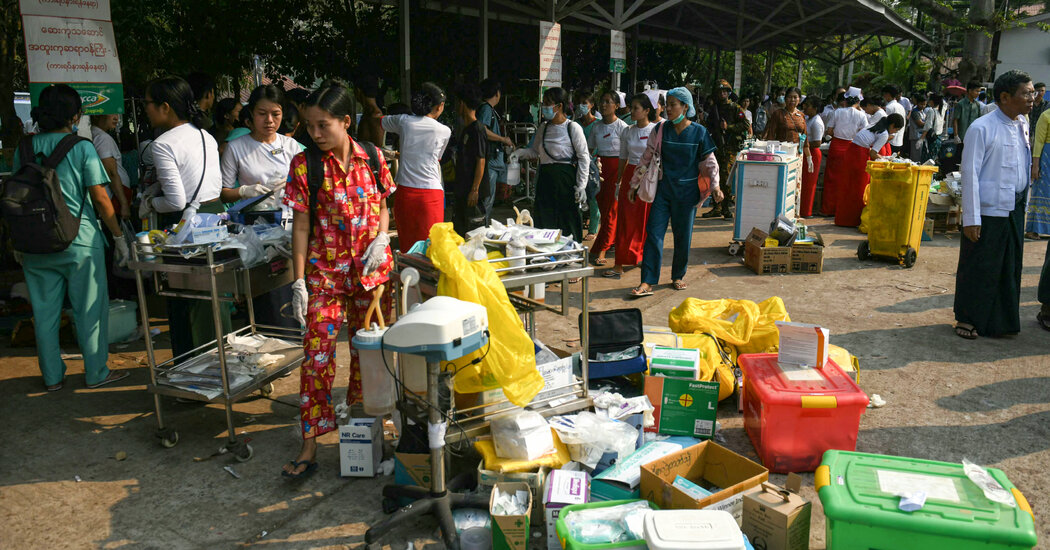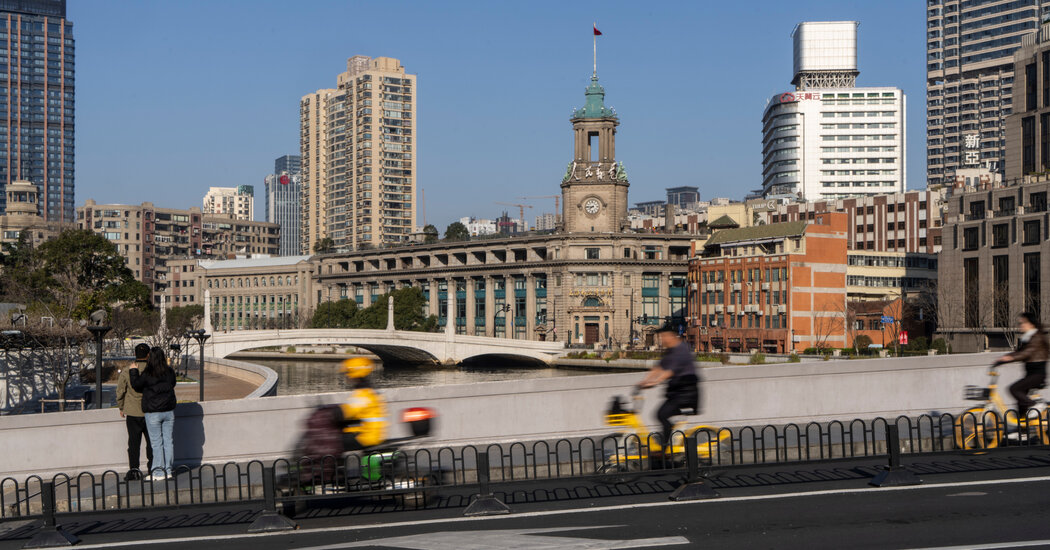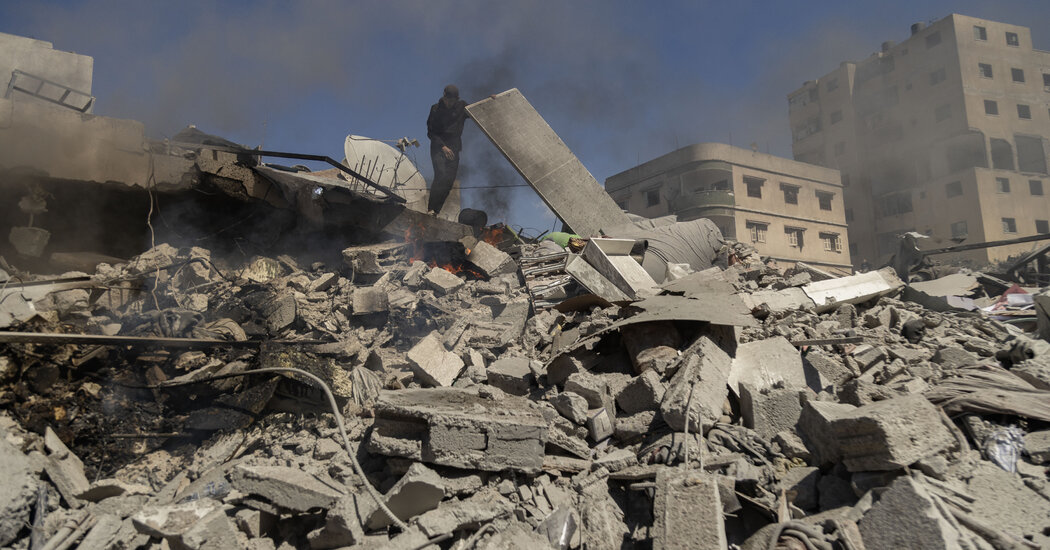Impact of the Recent Earthquake in Myanmar
Following the 7.7-magnitude earthquake that struck on Friday, the internet was abuzz with videos, images, and social media posts capturing the devastation in Thailand. However, the situation across the border in Myanmar, where the earthquake’s epicenter was located, presents a far more opaque picture regarding the scale of the disaster.
A significant factor contributing to the lack of information from Myanmar is the country’s history of stringent internet censorship. In recent years, the military regime has frequently cut internet access and restricted social media platforms, effectively isolating the nation from global communications. These measures are typically aimed at suppressing dissent and reinforcing the authority of the military rulers.
Moreover, the freedom of the press in Myanmar has been heavily curtailed. In the wake of emergencies like the earthquake, where power outages and infrastructure damage already hamper internet connectivity, such restrictions can severely limit the flow of information. This can also hinder the delivery of critical aid to affected regions.
Shortly after the earthquake occurred, even the government found it challenging to maintain an online presence, as several official websites linked to the junta became inaccessible. The military’s takeover in a coup in 2021 allowed it to gain control over the country’s telecommunications networks, enabling the regime to impose internet blackouts in specific areas.
Despite these widespread internet blocks, connectivity varies across the country. In regions where armed rebel factions are engaged in conflict with the military, internet reliability tends to be particularly poor. Many residents in these areas have resorted to using the satellite-based service Starlink to access the internet, as noted by Joe Freeman, a Myanmar researcher at Amnesty International.
The earthquake struck central Myanmar at approximately 12:50 p.m. local time, causing damage in cities as distant as Bangkok, Thailand. The epicenter was located near Mandalay, Myanmar’s second-largest city, and a strong aftershock was felt shortly afterward.
Mr. Freeman emphasized that Myanmar’s internet restrictions and censorship policies are undoubtedly impacting the dissemination of information regarding the extent of the disaster in the country. He stated, “When you compare the coverage of the earthquake in Thailand, where tremors and damage have been thoroughly reported and documented, to Myanmar, we still lack a clear understanding of the extent of the damage and loss, and we may not have that clarity for quite some time.”
This information void starkly contrasts with the situation in Myanmar before the coup, when an increasing number of Facebook users actively shared memes, engaged in political debates, and posted videos during previous crises, such as the COVID-19 pandemic and protests against the military takeover.




